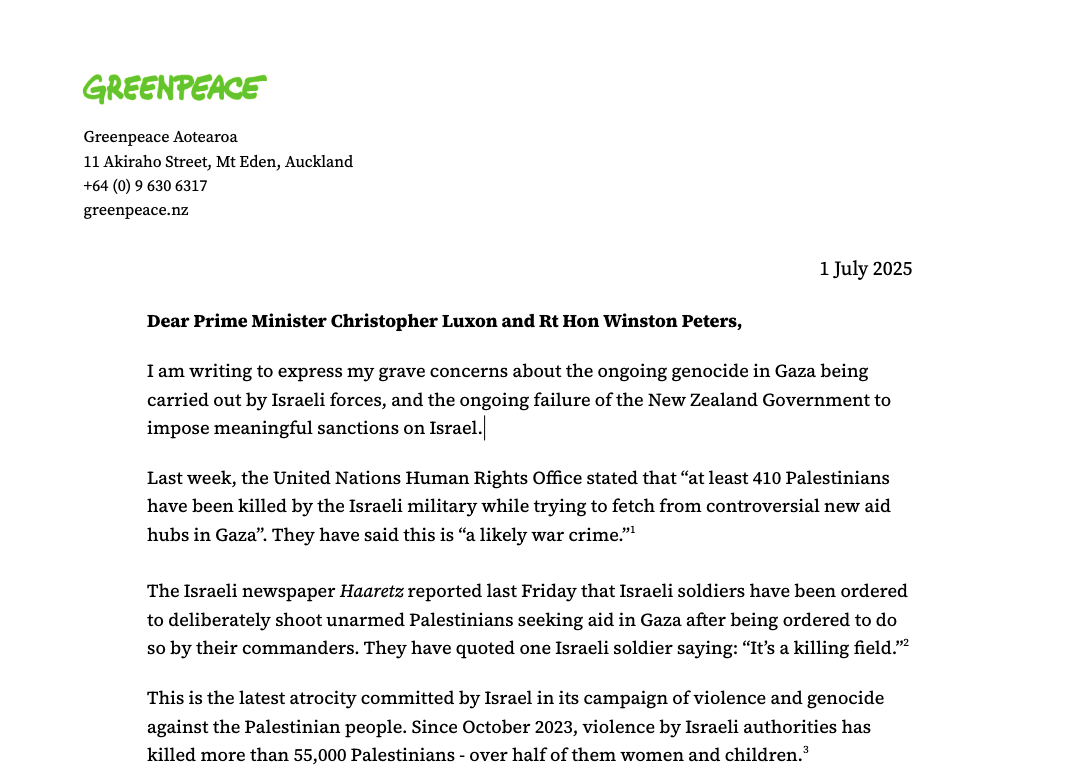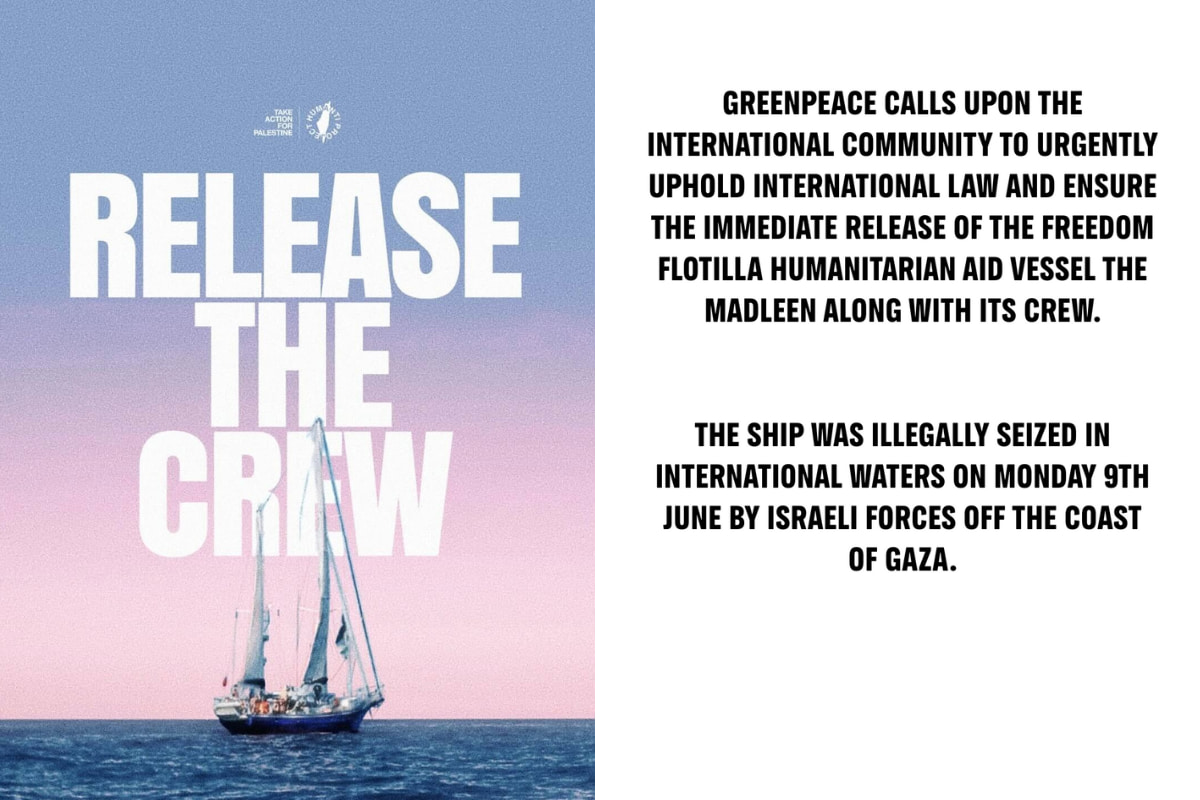Early in the morning of April 26, 1986, four reactors exploded at the Chernobyl nuclear power plant, Ukraine. It caused what the United Nations has called “the greatest environmental disaster in the history of humanity”.
Chernobyl was the accident that the nuclear power industry said would never happen.
Twenty-five years later, the nuclear accident in Fukushima, Japan, reminded us that the risk of another accident like Chernobyl still exists, wherever nuclear power is used.
The long-lived radionuclides released by the Chernobyl accident mean the disaster continues – 30 years later. It still affects the lives of millions of people.
Here are 15 things you may not know about the disaster:
30 years ago, reactor 4 exploded in the Chernobyl nuclear power plant, located in Ukraine. Nearly five million people still live in contaminated areas.

2. The amount of radioactive radiation emitted is about 200 times higher than the total emission from the atomic bombs that fell over Nagasaki and Hiroshima.

3. People in the nearest town, Pripjat, were evacuated only two days after the disaster. By that time, many people had already been exposed to high levels of radiation.

4. Radioactive rain fell as far away as Ireland. Ukraine, Belarus and Russia were the most affected countries. 63 percent of the radioactive fallout from Chernobyl hit them.

5. Since the city of Pripjat was abandoned by humans due to high levels of radiation, wolves, wild horses, beavers, wild boar and other animals have populated the city.

6. Animals that live in the safety zone around Chernobyl’s nuclear power plant (3 km) have higher mortality, increased genetic mutations and decreased nativity.

7. One would think the other Chernobyl reactors were also shut down immediately. But instead, the operation of the three other reactors at the nuclear power plant was resumed and operated for a further 13 years until finally closed in 2000.

8. There are still radioactive substances, encapsulated in a decaying cement sarcophagus that was built over the reactor after the accident. A new solid shell is being built over the current sarcophagus. But it is only expected to last for 100 years.

9. The nearby forest near the disaster is called “the red forest,” after high levels of radiation killed the trees and left large areas of pale red dead pine.

10. The nuclear industry and the governments of Ukraine, Russia and Belarus want to spend billions on new nuclear projects while neglecting their responsibility to support the survivors of the Chernobyl accident. They reduce the effects of the disaster and reduce the hardships people around Chernobyl have to live with.

11. Now you can also book a trip to the Chernobyl zone! Tourist agencies organize day trips in the abandoned city of Pripjat, right next to the wrecked nuclear power plant.

12. Pripjat is a heavily contaminated city and will remain abandoned by humans as there are residues of dangerous plutonium in the area, a substance that has a half-life of 24,000 years!

13. The radiation was so strong that the color of firefighter Vladimir Pravik’s eyes changed from brown to blue.

14. Sweden was the first country to inform the world about the disaster, after the Soviet government initially secretly covered the accident.

15. In the contaminated areas, the Chernobyl accident affects every aspect of people’s lives. Radiation from Chernobyl’s nuclear power plant is found in the food they eat, in the milk and water they drink, in schools, parks and playgrounds, and in the woods whose firewood they burn to keep warm.


Donate to Greenpeace today. We take no money from corporations or governments. Our independence and ability to speak and act freely is our greatest strength. To maintain that freedome, we rely on the generosity of people like you to keep us in action.
Take Action


